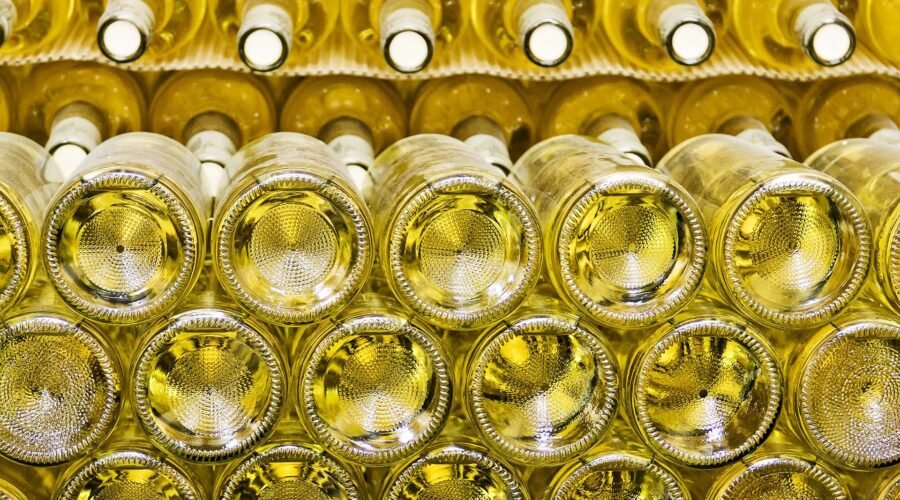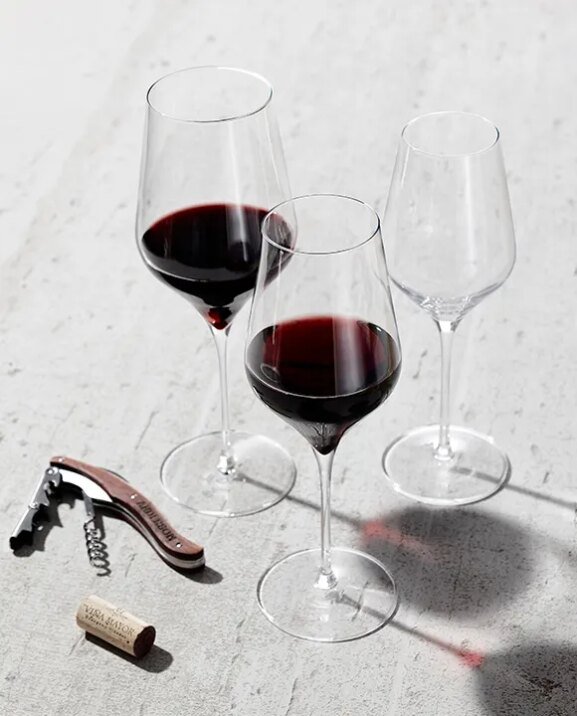Ratings: California Riesling Is On The Rise. Here’s Why.
Riesling is no stranger to California. Prior to Chardonnay’s rise in the 1970s, it was the state’s most popular white wine varietal, driven by Americans’ affinity for sweeter styles.
Though those sweet styles are still far less fashionable among American consumers than they once were, after decades of scraping by, Riesling is now on the rise yet again in the Golden State. This time, however, it’s thanks to producers who are making crisp, dry styles, often from old vines found from the Central Coast to Mendocino County.
“Riesling is one of the more uniquely terroir-driven whites, and it shows site specificity even more so than Chardonnay,” says Bob Cabral, the veteran Sonoma County vintner who makes wine for his eponymous brand. “The most difficult part is that these sites that are ideal for Riesling are also very ideal for Pinot Noir and Chardonnay, where an owner can make substantially more money per acre. So, it’s difficult to find those spots and maintain them.”
The lower cost of buying Riesling is what attracted younger vintners like Ryan Stirm and Mike Callahan to search out the grape when they started their own brands over a decade ago. “A lot of producers are willing to take a gamble on it because the price to entry is so much lower than high-quality Pinot and Chard,” says Stirm, and that affordability appeals to the public as well. “Even consumers who are educated feel the economic pinches. They know it makes a great wine that’s affordable.”
You May Also Like: 10 All-American Rieslings for $26 or Less
Winning Hearts and Minds
While most vintners don’t see it blowing up much beyond its current niche, Callahan, who launched his Maidenstoen brand on Riesling in 2011, is more bullish, noting that some prominent Pinot Noir vineyards in the Sta. Rita Hills of Santa Barbara are now planting Riesling.
“People are scared of Riesling just like they were scared of dry rosé, but the landscape is changing,” he says. “That did a flip flop, once we got past people’s inhibitions that all rosé is sweet.”
Producers typically combat those sugary preconceptions by putting “Dry Riesling” on their labels. But, according to Stirm, labels are less important than getting it into it in the glass. “Once you show people the wine, and it’s dry, they’re flabbergasted and dumbfounded,” he says.
Callahan sees the grape as a good alternative to Sauvignon Blanc, and says that most upscale restaurants now have a space on their wine list for aromatic whites like Riesling or Albariño, which helps sales and overall growth.
Scot Bilbro, the second generation of his family to run Marrieta Cellars, doesn’t think Riesling’s rise will require much more acreage anytime soon, but is recognizing a loyal following. “It’s certainly not gonna be a volumetric king, but there are people out there who are really enjoying it,” says Bilbro, who makes an old-vine Riesling called Nadi from the Wirz Vineyard in San Benito County. “It has everything to entertain and excite you.”
The Potential for Age
The high-acid wines also pair well with a wide range of cuisine, including spicier fare like Thai and Indian dishes. But what excites some vintners most is Riesling’s evolution in the cellar. “What I like is how well they age,” says Cabral, a good friend of German Riesling king Ernst Loosen of Dr. Loosen. “The secondary and tertiary characteristics of Riesling are, to me, one of the more interesting sets of flavors and aromas of almost any white wine I’ve ever made or ever really experienced.”
If only for the sake of understanding Riesling’s real worth, Stirm hopes that Americans will soon begin appreciating, and buying, older library wines. “Americans haven’t really adopted trying things with a little bit of age en masse, but I feel like that’s just around the corner,” he says. “With more education, that’s where Riesling does hold a ton of value.”
Whatever the future holds, Cabral is pleased to see recognition for vintners working to remind Americans of Riesling’s noble status. “People are really digging it,” he says. “That’s what warms my heart because it’s one of the more difficult white grapes to grow.”
You May Also Like: What Really Happens as Wine Ages?
Try These California Rieslings
Tatomer 2020 Vandenberg Riesling Santa Barbara County
Graham Tatomer is the regional master of Riesling, and this countywide blend is a great entry point. The ocean is ever-present on the nose, with wave-washed aromas of granite, Meyer lemon peel and lemon oil. The palate is focused on dried citrus peel, with a strong sense of fresh sea spray and funky seashore elements, reminiscent of peat. Editors Choice. 93 Points — M.K.
$ Varies
Wine.com

Claiborne & Churchill 2021 Dry Riesling Central Coast
This is reliably one of the best Rieslings made in California every year, and this regional cuvée is even better that most single-vineyard showcases. Aromas of nectarine, white melon and lemon lead into a zingy, constantly interesting palate of lime zest and concrete that leaves the mouth engaged for days. Editors Choice. 92 Points — M.K.
$ Varies
Wine.com
Published: November 29, 2023


